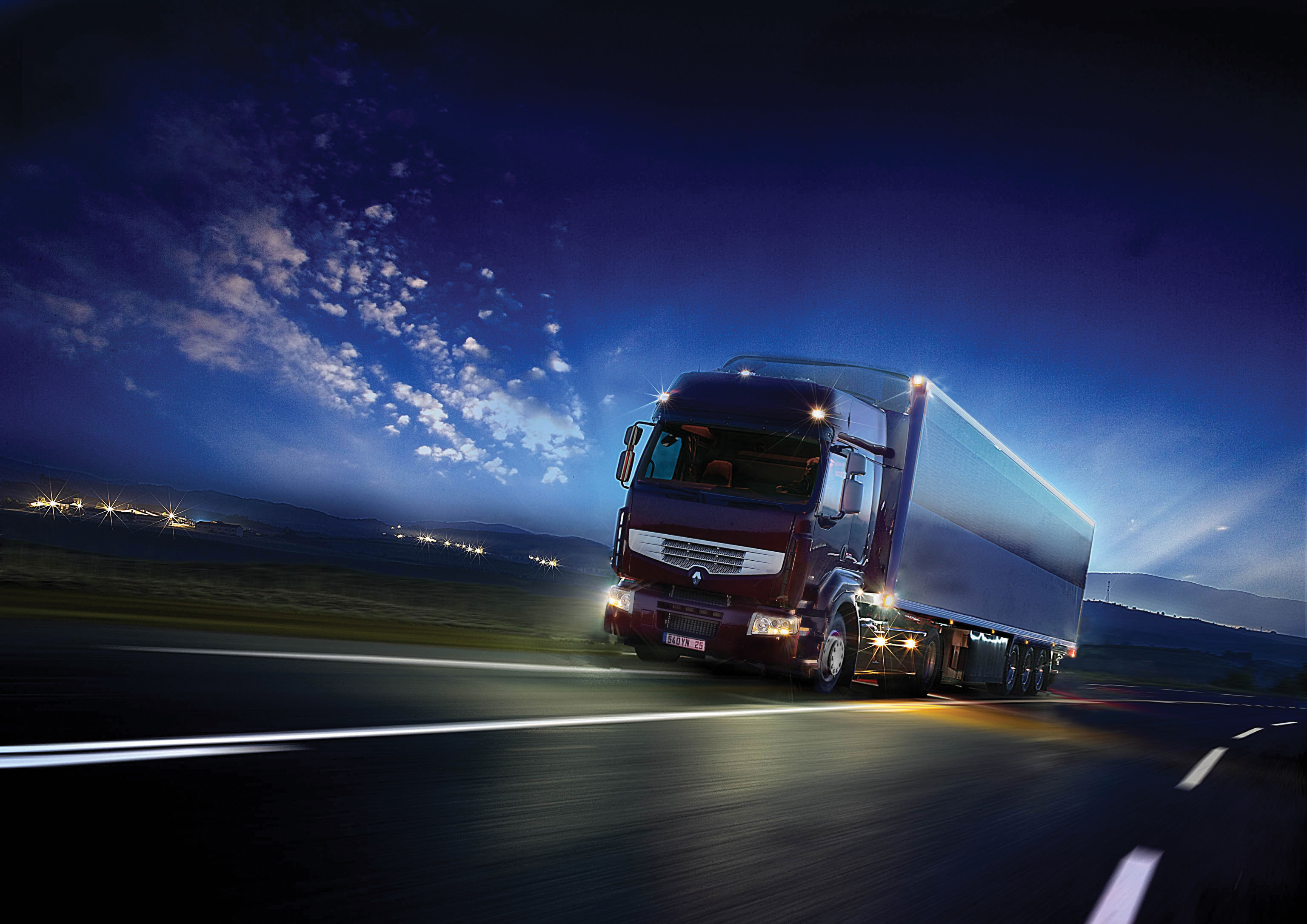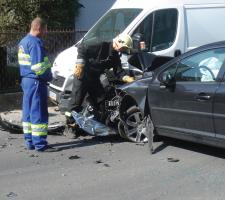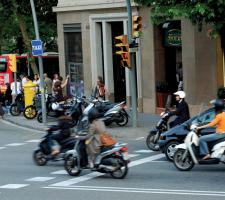
The second stage of the EC’s HeERO project, which aims to address some of the issues surrounding the eCall system, has just got underway. Jason Barnes reports.
As theHeERO was set up to prove the interoperability and harmonisation of eCall across the European Union (EU). eCall is a non-proprietary emergency assistance (and later, potentially, an information service provision) system for road users and operators. The system is activated either manually by a vehicle’s occupants or automatically as a result of the activation of systems such as airbags or fuel pump cut-outs.
When activated, it establishes a voice connection – via an In-Vehicle System (IVS) equipped with a modem – with the most suitable Public Safety Answering Point (PSAP), a first-level emergency call centre for those in trouble. This can be either a public or private licensed emergency centre operating under the regulation and/or authorisation of a public body. At the same time, a Minimum Set of Data (MSD) is sent to the PSAP operator, identifying the vehicle and providing its location.
All this allows incidents to be responded to far more quickly, even if a vehicle’s occupants are incapacitated.
The EC aims to have a fully functional eCall service in place by 2015. The service will use common European standards defined by ETSI and CEN and is being tested by the nine EU member state pilot sites (Croatia, the Czech Republic, Finland, Germany, Greece, Italy, the Netherlands, Romania and Sweden) which all signed up for the first stage of eCall validation.
‘HeERO 1’ is looking at the three technological elements which support the service – in-vehicle systems, mobile telephony networks and PSAPs – as well as some of the institutional issues involved in getting different countries’ infrastructures and institutions cooperating in such a way as to ensure continuity of a common-standard service on a pan-European basis. HeERO 1 was initiated in January 2011.
HeERO 2, which commenced in January, will follow the same path but sees the addition of six new countries: Belgium, Bulgaria, Denmark, Luxembourg, Spain and Turkey. A further five self-financing associate countries have also joined eCall: Cyprus, Hungary, Iceland, Israel and Slovenia.
PSAP interfaces
In terms of the infrastructure, one potential stumbling block has been that EU member states’ road safety infrastructures vary widely in terms of age and sophistication. It cannot always be assumed that the most modern are the best when it comes to eCall implementation; indeed in some ways, the need for Eastern European EU accession states to completely overhaul really quite antiquated road systems places them at an advantage as they start with the proverbial ‘clean sheet’. However, since ITS International last reported in depth on HeERO, the situation has changed radically.
Internationally, PSAP manufacture and supply has tended to be dominated by a very small number of suppliers including Ericsson and
The OECON solution allows PSAPs to receive third-party data. It means that, in Germany, the various vehicle manufacturers can provide assistance to their customers without needing to verbally pass the data captured from the vehicle’s MSD, as at present.
The associated manual transfer of data between operators could be replaced by the push of a button, speeding the transfer process itself and also ensuring that data arrives in the correct format. The solution is currently installed at the UK’s InnovITS test facility and also at the Yokosuka Research Park in Japan, which has just launched a test facility based on the pan-European eCall system. The latter reflects the international nature of interest in eCall.
At a stroke, the OECON server solution relieves every potential deployer of eCall of having to engage in the development of interface solutions. But it offers more than an easy operational fix: in these financially straitened times it also provides a fiscally attractive solution, as cloud-based computing means users can buy only software and rent server space, so allowing play-offs to be made between capital expenditure and operating expenditure budgets.
In parallel, roll-out of the unified 112 emergency call number is continuing, with many member states using eCall’s pending introduction to further push the case. The bottom line is that across the EU, even though some member states retain their own emergency numbers, 112 will now work.
Standards issues
One of the aims within HeERO 1 has been to consolidate with care the various findings and ensure that there is no need for repeated work. In terms of standards, there remain issues to be resolved, however. There is conflict where some significant market players are looking to preserve commercial advantage, of course, but there are other considerations, too. CEN/TC 278 Working Group 15 is aware of revisions which need to take place and the HeERO project team is providing both suggested revisions and wording in an attempt to help speed the voting/ratification process. In fact, HeERO now has a standards taskforce which includes members and outside experts. Their work, particularly in relation to crucial elements such as system timings, will continue into HeERO 2.HeERO 1 validation has also thrown up a performance-related issue which, while not a standards issue at present, needs to be addressed with standards in mind: this is that in-vehicle systems from some manufacturers perform differently to those from others. While all may meet the prescribed standard, some take longer than others to carry out eCall tasks, whereas the ambition is a uniform level of service and the aim of the certification process is a desired standard of capability which will last the lifetime of a host vehicle.
Vehicle categories
At the outset, HeERO concentrated on the use of a single-application IVS and on M1/N1 vehicle categories (M1 vehicles are those which carry up to eight passengers, plus the driver; N1 vehicles are those carrying goods with a gross vehicle weight not exceeding 3.5 tonnes).Tier 1 and 2 suppliers to the automotive industry are already looking at a more integrated platform for eCall. How to control that within the cloud is an issue at present; there are currently four data ‘pipes’ – Emergency, Service, Business and Entertainment – and eCall is presumed to fit into the first of these. However, car manufacturers are also questioning the fairness of being obliged to fit the two GPS antennae and other assorted hardware which will support eCall operations when this is not to their direct commercial advantage (by comparison with, say, a proprietary eCall/driver information system).
Work has also been going on to incorporate powered two-wheelers (mopeds and motorcycles) into the eCall environment. Spain has taken a lead on this as it has specific problems relating to high incident rates with such vehicles on minor roads.
Research is being carried out in conjunction with other EU research projects and testing is being carried out on domestic MotoGP motorcycle racing tracks, where riders regularly come off during the course of events. Key elements for powered two-wheelers are that solutions must be well-packaged and cost-effective; they must also provide information on what happens to the rider/passenger, rather than the machine, unlike some available commercial solutions which remain attached to/focused on the vehicle.
Motorcycle manufacturers and rider interest groups are now interacting with this part of the eCall project – which requires a significant leap of faith in that the solution is likely to be a nomadic device or a link from the two-wheeler to a nomadic device.
Heavy goods vehicles will now also carry eCall. The Dutch have also taken a lead here, developing an architecture in conjunction with the freight industry and in line with the United Nations initiative to create a global paperless environment.
Broadly, the solution uses the same architecture as the rest of eCall, save for some minor adjustments to expand the MDS to include, for example, information on a vehicle’s cargo and whether or not it is permitted to use tunnels. Luxembourg, which has to cope with large levels of transiting truck traffic, will provide a pilot site for testing during HeERO 2.
- ITS International gratefully acknowledges the assistance of Andy Rooke, project manager of HeERO, in the preparation of this article.
AFTERMARKET DEVICES
Perhaps the biggest potential game-changer for eCall will come about as a result of work being done by Bulgarian HeERO 2 partner company ICOM with the direct encouragement of the Bulgarian Government. This is to develop an aftermarket eCall device which can be retro tted to older vehicles.
The work reflects the enthusiasm within the Balkan countries for a solution which takes account of the relative age of national vehicle fleets and the obstacle to deployment caused by less wealthy citizens’ tendency to hang on to older vehicles.
A solution is about to reach the market and the aim is to produce a device which costs less than €50. Take-up is voluntary but is being actively encouraged by the Bulgarian Government.
In its way, the aftermarket device could be as radical a shakeup for eCall as the OECON server solution could be for PSAPs. With the right device, marketing and price, the aftermarket on-board unit could lead to widespread eCall uptake from as early as 2014.
OPERATIONAL CONSIDERATIONS
Operator manuals for eCall PSAPs are now available in both generic and national-language versions. These provide information on what to do in particular circumstances and are intended to unify responses.
For machine-to-machine (M2M) activations – for instance where an airbag deployment triggers an eCall, rather than someone in the vehicle – the police in the Netherlands have taken a lead on developing protocols.
It has been deemed that an M2M event is likely to be real and therefore an activation alert is passed direct to a dispatcher. Even where activation is accidental, such as on the spontaneous activation of an airbag or fuel cut-off, it is assumed the host vehicle will still need assistance before proceeding.













